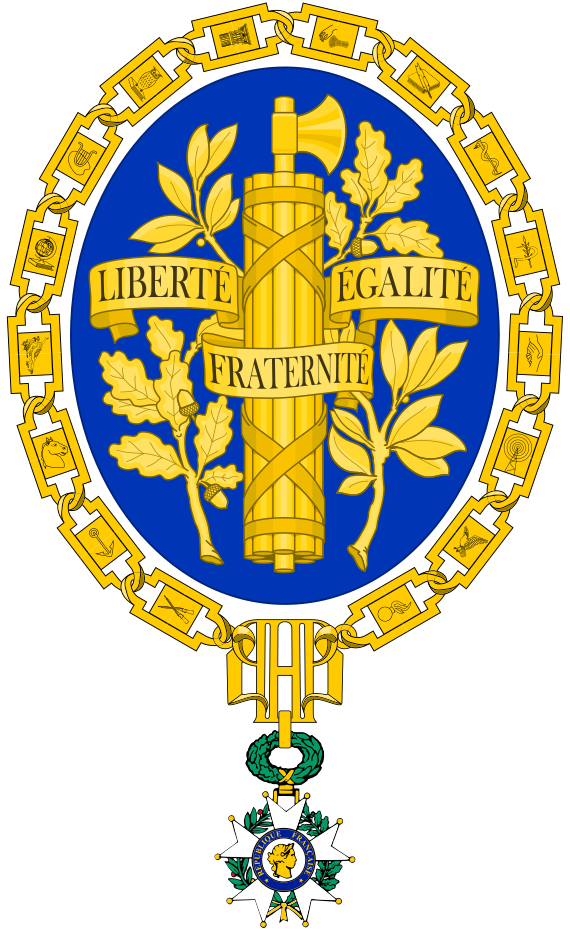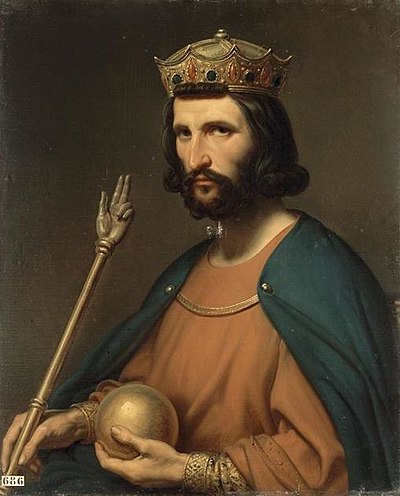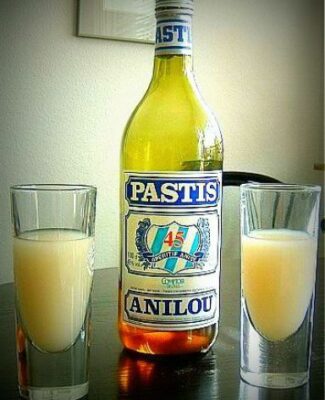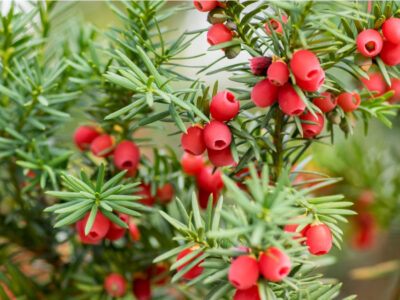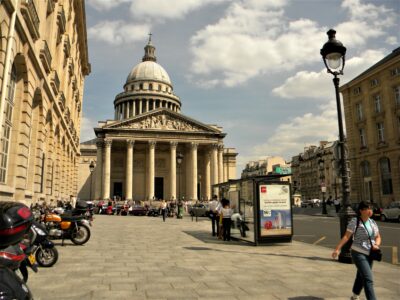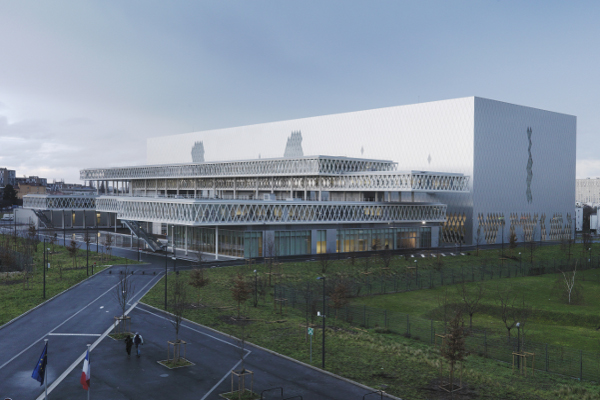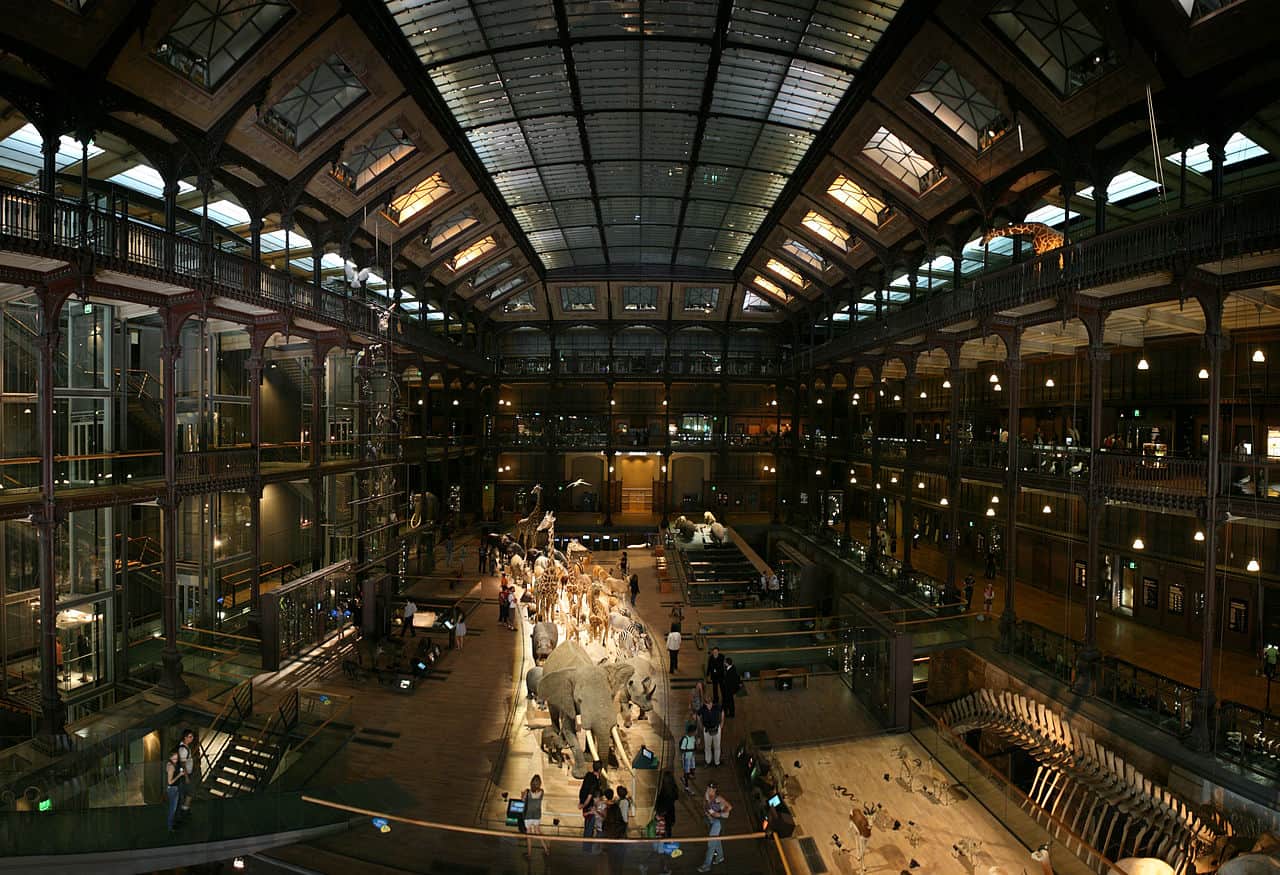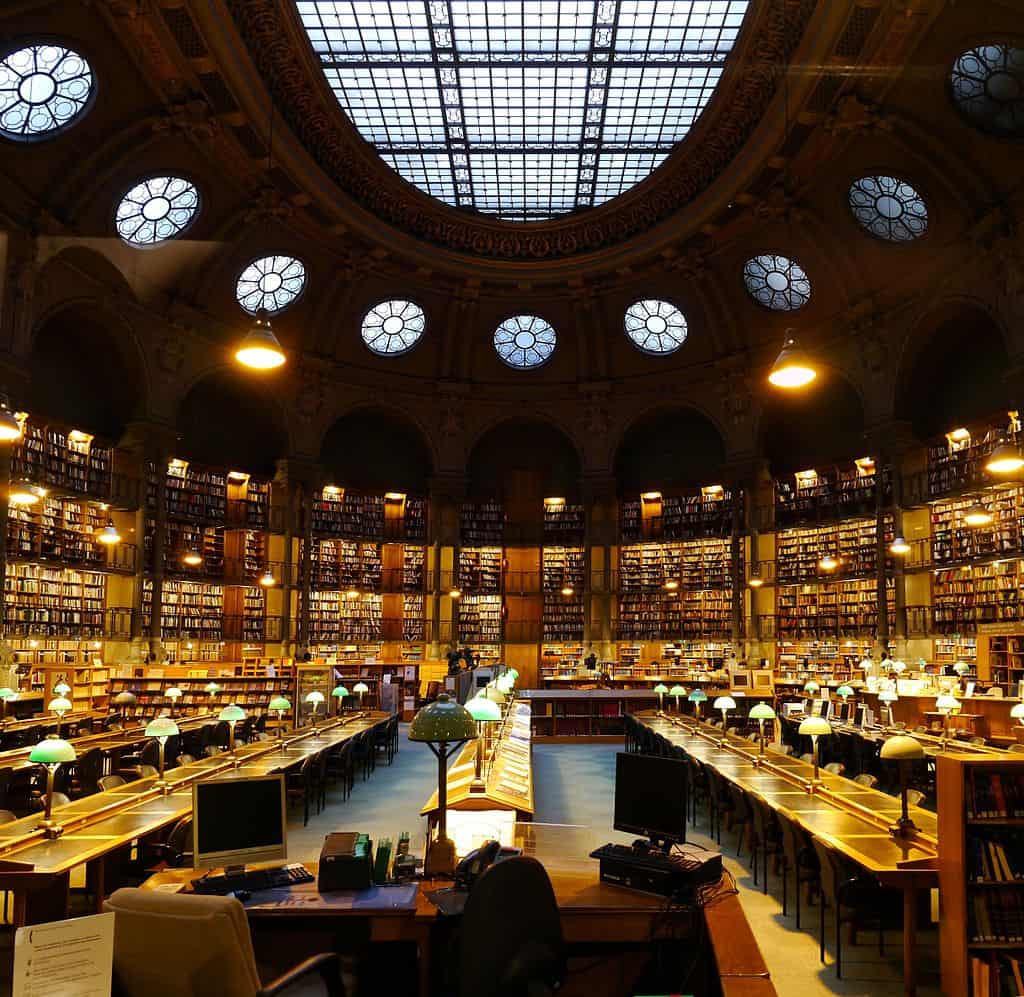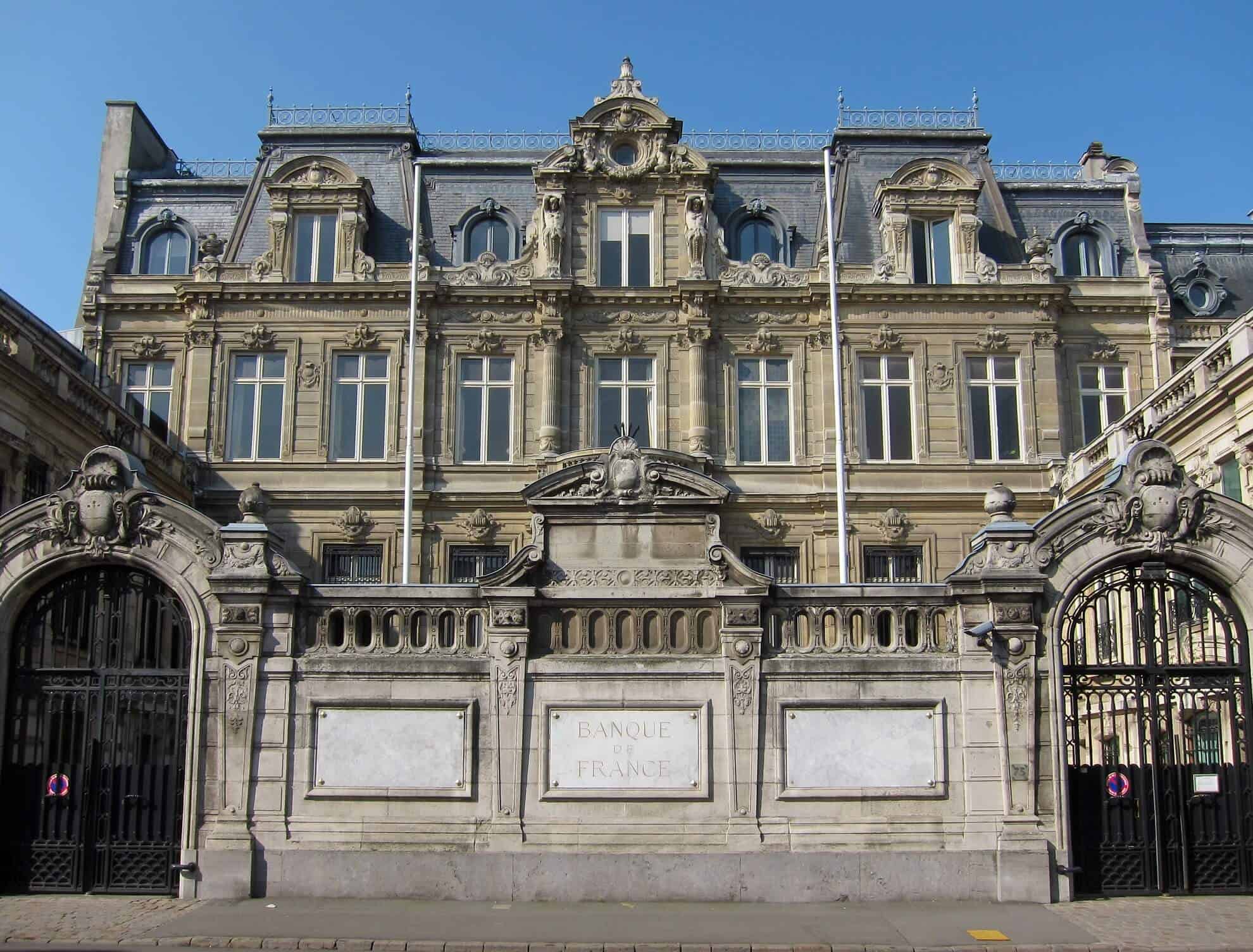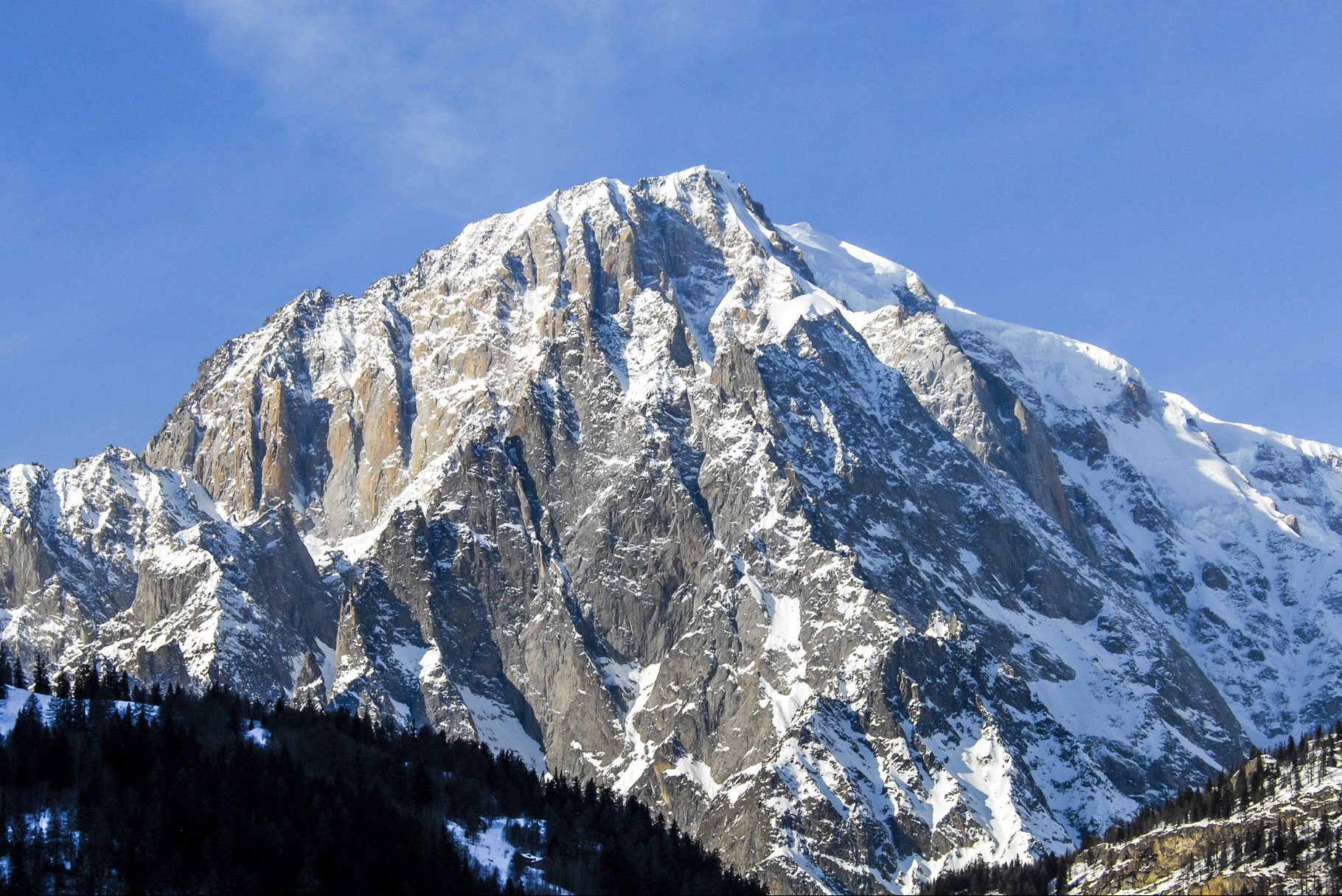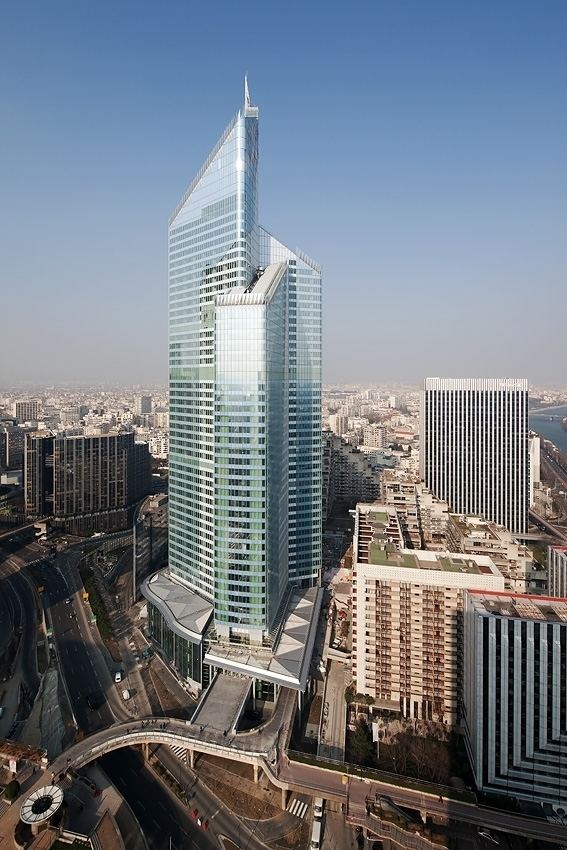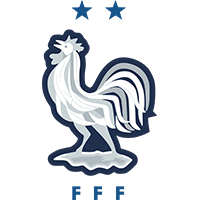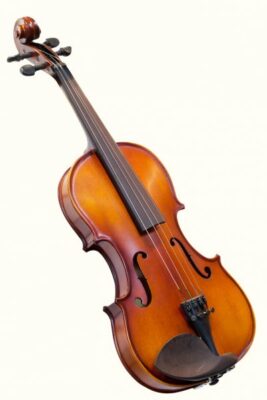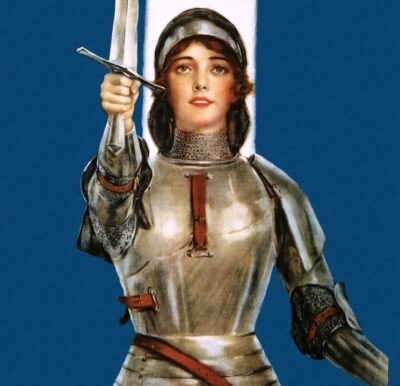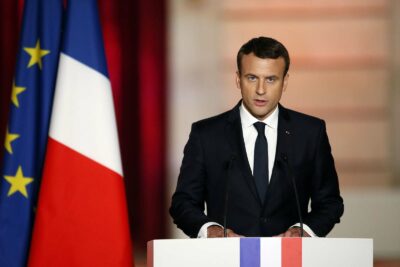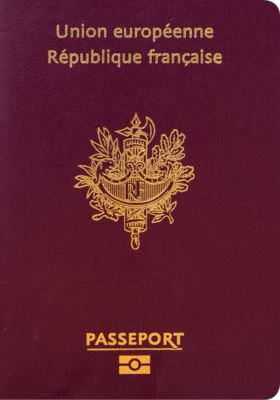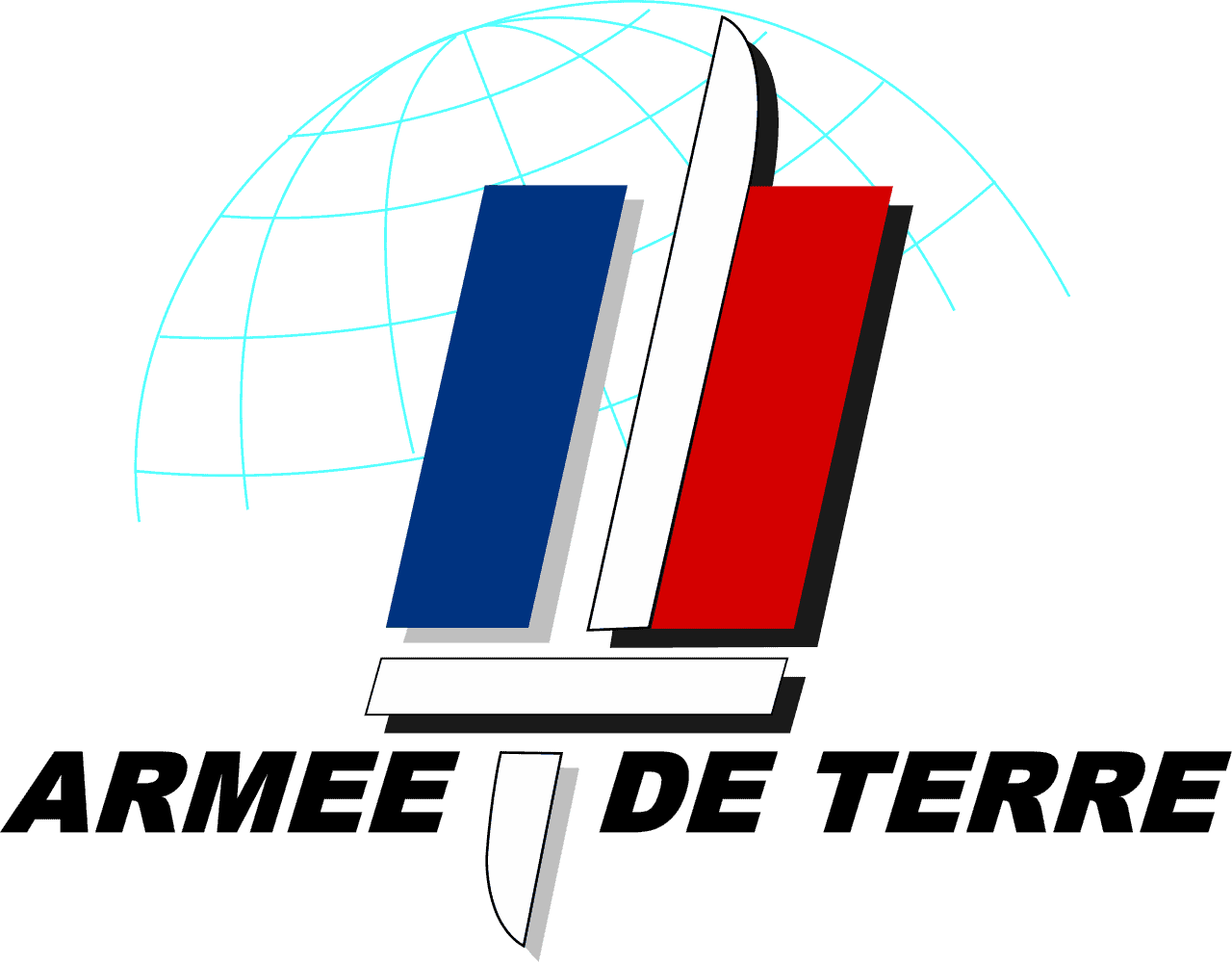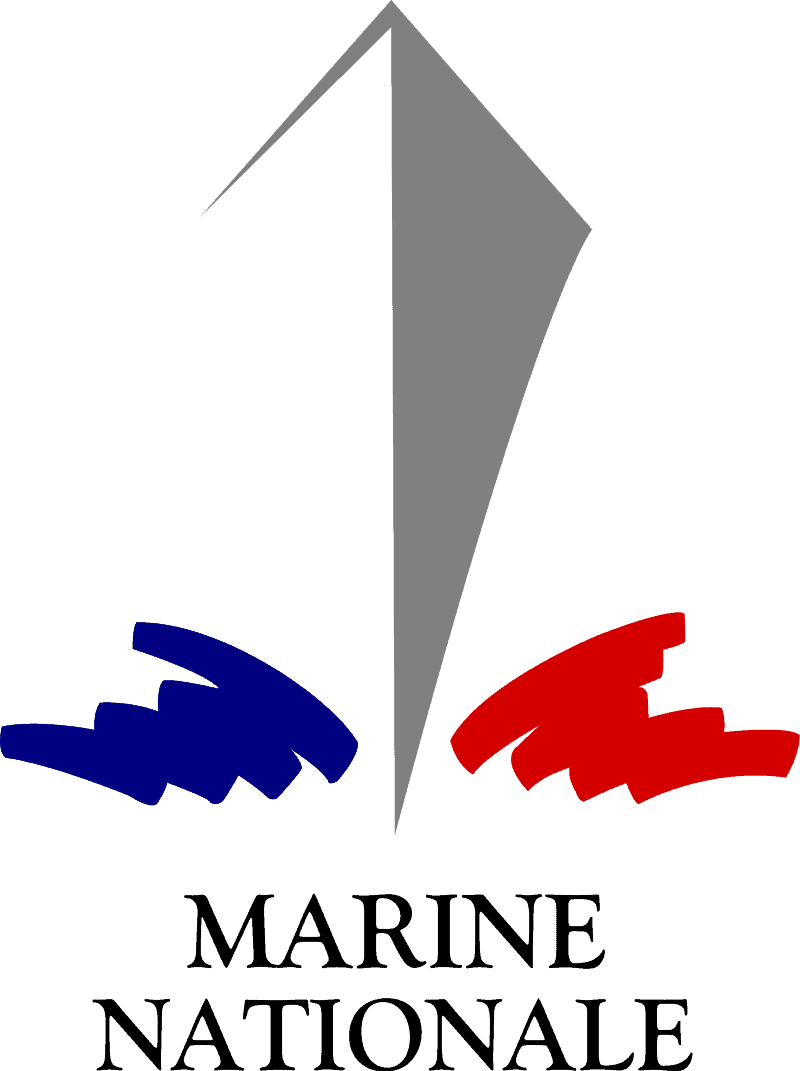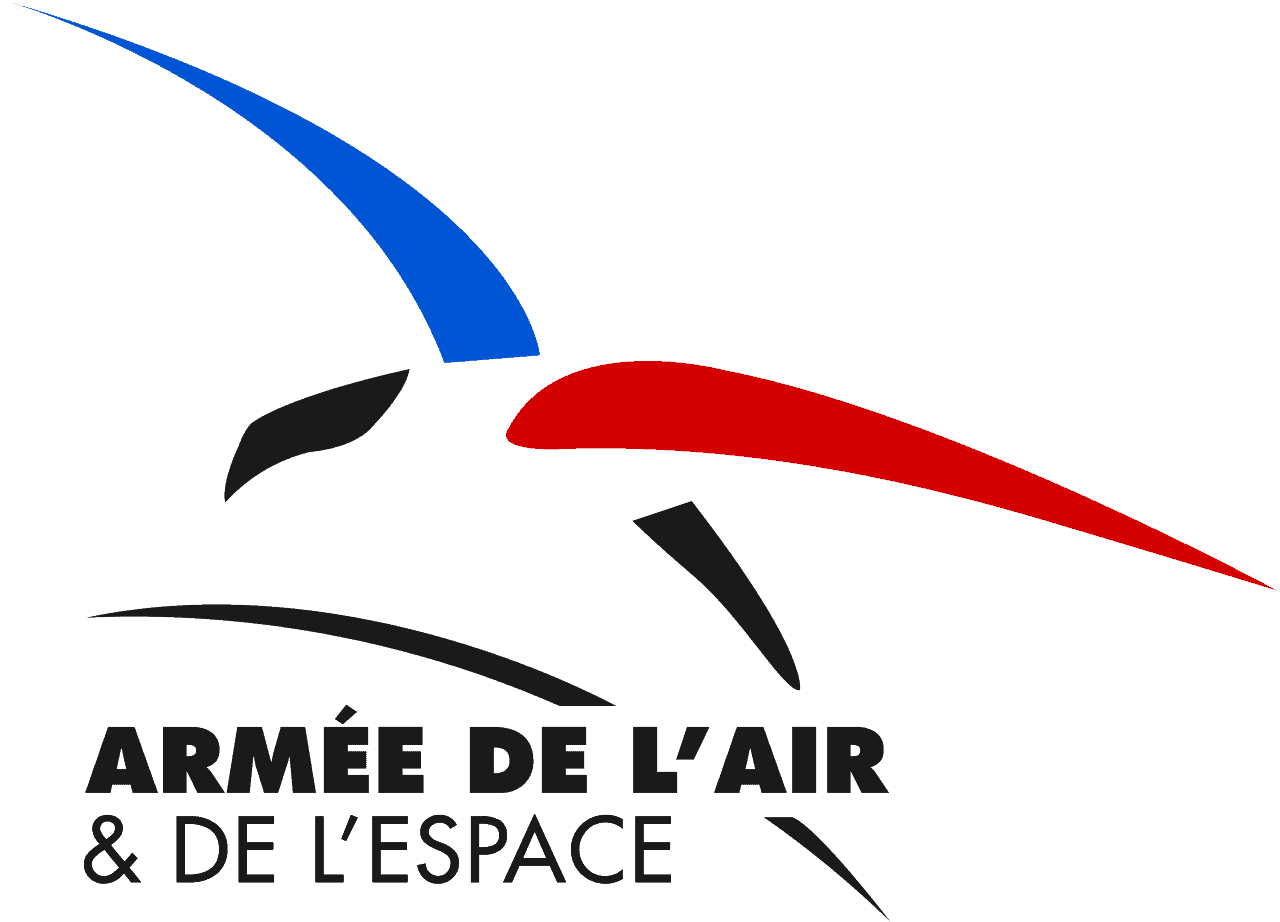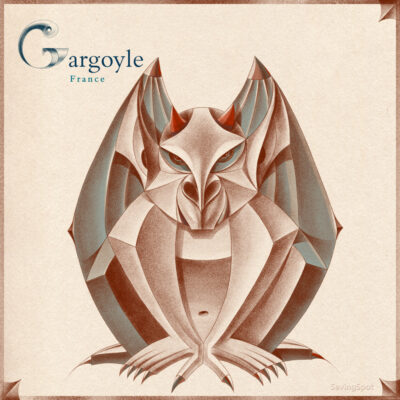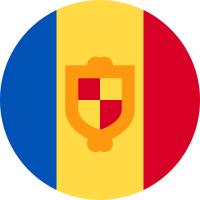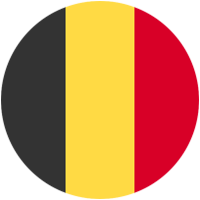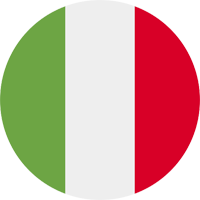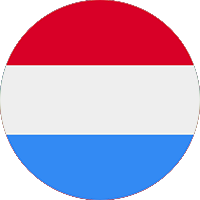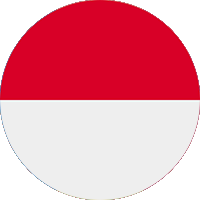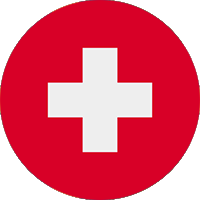National Symbols of France
Last updated on August 27th, 2023 by Editorial Staff
Table Of Contents
By | Updated on August 27, 2023
Reviewed by Rittika
France is one of the oldest nations globally, and it is the most ethnically diverse country in Europe. The official name of France is French Republic. Its deep and broad influences made France a world leader in many aspects of culture like cuisine, politics, philosophy, music, cinema, and art… It is the largest country in western Europe and is also referred to as “Grande Nation.
”Liberté, égalité, fraternité – Liberty, equality, fraternity” is the French national motto initially used in the French Revolution. This motto can also be found in the French flag, which consists of three vertical bands; blue symbolizing liberty, white symbolizing equality, and red symbolizing fraternity.
The country’s ethnicity consists of French citizens and foreign nationals from many countries, especially from Africa. Paris is the capital and the largest city in France with its vast history. French is the official national language. The majority of France’s population is mostly Christian, and Roman Catholic, while there are also Protestant and Islamic minorities. As one of the European Union’s core members, France uses the “Euro” national money. The country code is “+33,” and the national domain is “.fr”.
The founder and the first king of France are Hugh Capet. The national hero and one of France’s national symbols are “Joan of Arc,” “the maid of Orleans,” with her accomplishments on the battlefield during the Hundred Years’ War. France’s national day is the 14th of July, during which the “Storming of the Bastille” happened, the flashpoint of the French Revolution in 1789.
France has many national symbols, including the world-famous Eifel Tower, Louvre Museum, and Notre Dame Cathedral. The national mausoleum is the “Place du Pantheon,” designed by the famous French architect Jacques-Germain Soufflot.
France’s national dance is called “branle,” a chain dance characterized by its side-to-side movements. France has one of the richest cuisines in the world. The national food is “Pot-A-Feu,” the French beef stew, while cheese and wine are two national symbols and France’s culinary lifestyle. “Pastis,” the anis liquor, is considered the country’s national beverage. The national dress is “Chemise,” a knee-length cotton or linen shirt, considered an undergarment for both men and women in the 18th century.
“Yew Tree,” symbolizing rebirth and change, is France’s national tree; however, they are rare in the country’s fauna. “The Gallic Rooster” is the unofficial national symbol and France’s national bird.
Having a robust culture, France has many national writers and poets, the most important are Victor Hugo and Charles Baudelaire. The country’s national instrument is the violin or, in colloquial terms, “the fiddle.” The national sport and the most-watched sport in France is football. France also has an airline called “Airfrance.”
Jean Castex is the current Prime minister of France, and Emmanuel Macron is the President.
– Learn about France flag color codes and their meanings –
– Further information regarding the symbols and knowledge of France can be found in the table of contents –
Country information
Coat of arms
Flag map of France
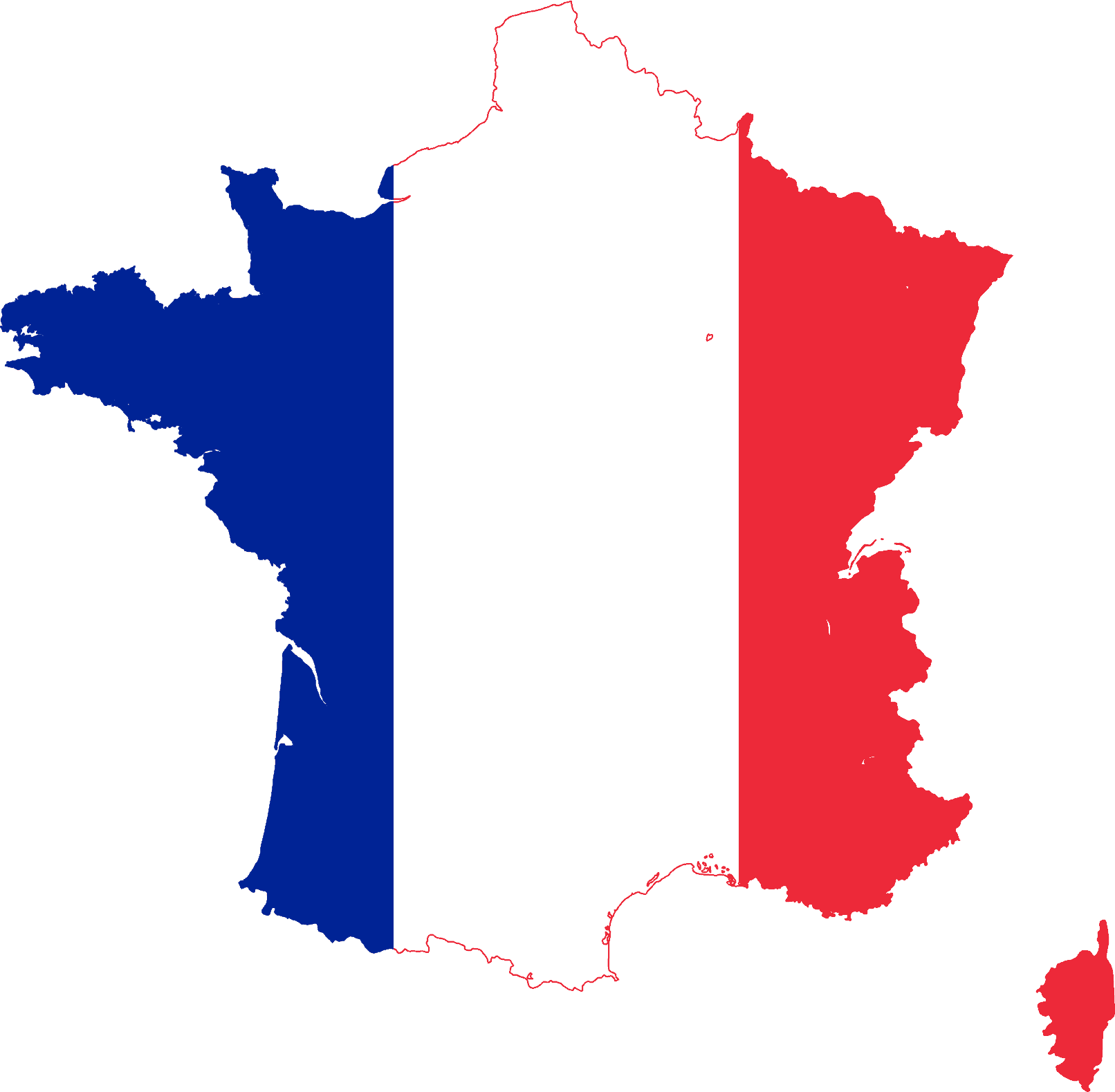
Motto of France
Liberté, égalité, fraternité - "Liberty, equality, fraternity"
National animal of France
The National animal of France is Gallic Rooster
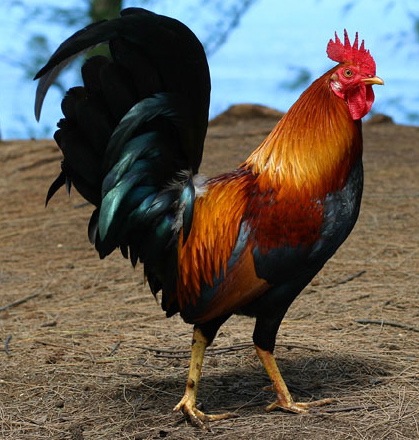
National flower of France
The National flower of France is Lilly. Botanical name is Lilium.
National bird of France
The National bird of France is Gallic Rooster
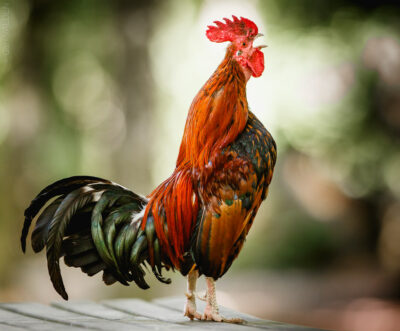
Rest of the National symbols of France 👇
-
FounderHugh Capet
-
National dishPot-au-Feu
-
National danceBranle
-
National dressThe men's costumes include broad-brimmed hats, embroidered waistcoats (vests), and short jackets. Women wear dresses and elaborately decorated aprons. The most distinctive feature of the women's costume is the elaborate lace headgear, which is generally called a coiffe (kwaff).
-
National monumentNot Declared
-
National anthemView Anthem
-
National fruitNot Declared
-
National drinkPastis
-
National colorsBlue, white, and red
-
National sportsFootball
-
National treeYew
-
National poetVictor Hugo, Charles Baudelaire
-
National mausoleumPlace du Panthéon
-
National archivesArchives Nationales
-
National museumNational Museum of Natural History
-
National libraryNational Library of France
-
Central BankBank of France (Banque of France)
-
Highest peakMont Blanc
-
Tallest buildingTour First
-
National football teamFRA
-
Tourism sloganRendez Vous en France
-
Emoji flag????????
-
National airlineAir France
-
National instrumentFiddle
-
National heroJoan of Arc
-
PresidentEmmanuel Macron
-
Prime MinisterJean Castex
-
Olympics CommitteeComité National Olympique et Sportif Français
-
PassportPassport of France
-
ArmyFrench Army
-
NavyFrench Navy
-
Air ForceFrench Air and Space Force
-
Mythical CreatureGargoyle
Neighbouring countries of France
French Proverbs - Popular quotes, proverbs and sayings.
What is learned in the cradle lasts to the grave. It’s a big wind that blows on small doors. Honey in the mouth, bile in the heart. The heart sees farther than the head. Men leap over where the hedge is lower. Who can’t pretend cannot govern. It is easier to abstain than to restrain. A sin that is hidden is half forgiven. Where wine appears the doctor disappears. He who does not advance goes backwards. Repentance costs dear. The apple does not fall far from the tree. What goes around comes around. Nothing is such a heavy burden as a secret is. He who wants to conquer lechery must flee from it.
